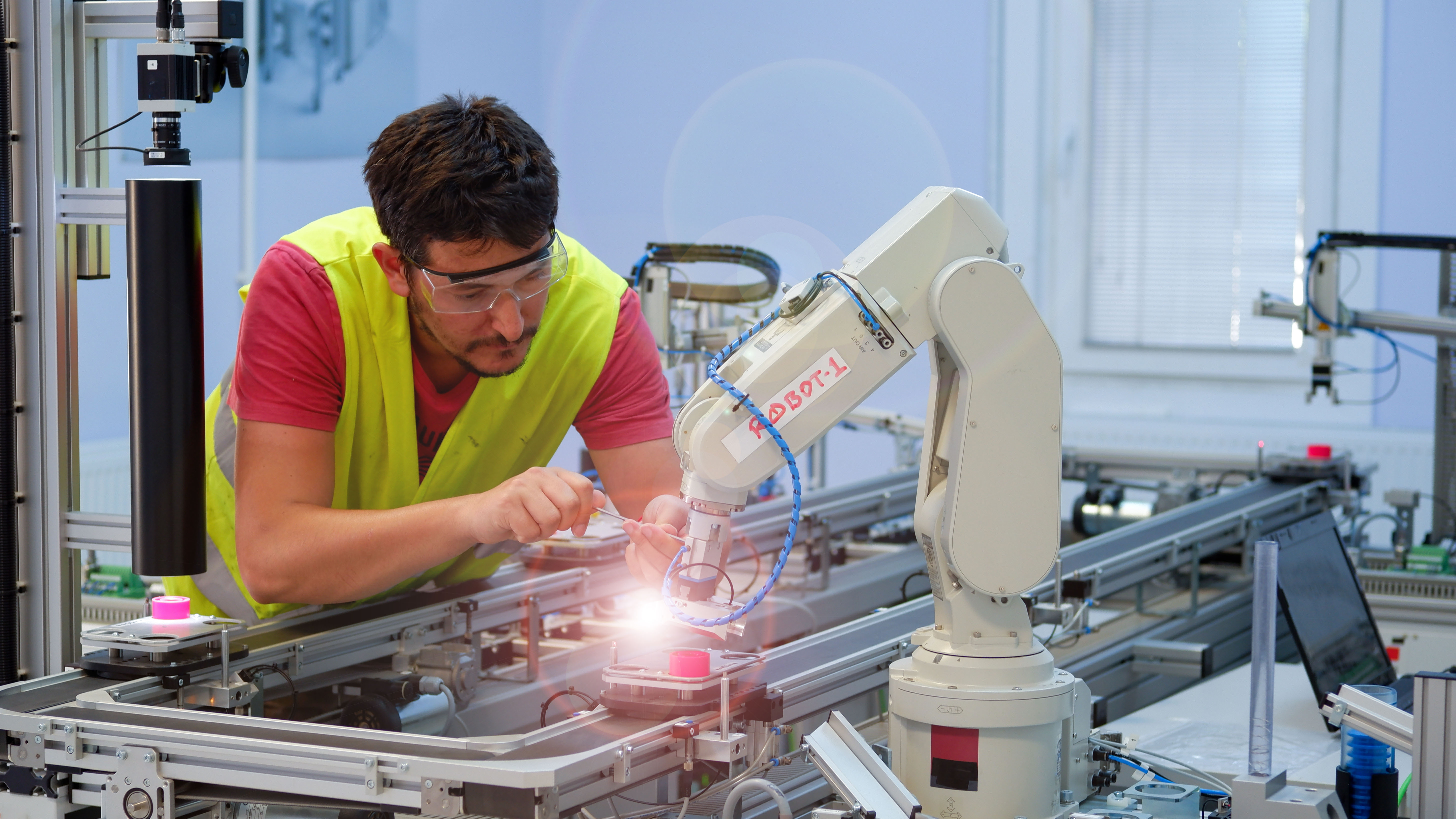Why Covid-19 Stimulus Needs To Account For Future Infrastructure Risks
This article is published in collaboration with Forbes
Once the current Covid-19 crisis has been contained, the focus of governments everywhere will inevitably shift to improving their economic health.
With its immense potential for job creation, infrastructure can play a significant role in this recovery and it’s likely we’ll soon see vast sums of money being poured into major projects globally. However, funding alone will not be enough to ensure that we are building a sustainable system.
Instead, we must pay close consideration to the long-term consequences of short-term stimulus measures and focus on projects that not only grow the economy, but that also anticipate the impact of future risks, particularly climate change.
If Covid-19 has taught us anything, it should be that the unpredictable has become increasingly probable and failing to acknowledge that fact earlier has imposed a steep social and economic cost on the world.
Many of the consequences arising from the Covid-19 pandemic have been extreme and rapid escalations of existing trends that some leaders, particularly in the infrastructure industry, had already identified as future risks.
So, while this crisis is unprecedented, it was not entirely unpredictable – but we were clearly unprepared to deal with its impact.
Moving towards a green future
This crisis will cause investors to demand greater certainty around the sustainability of projects, with an emphasis on contingency planning and crisis management, leading us inevitably towards a new green economy.
Even before this pandemic, many business leaders had advocated for a shift towards green investing, and Covid-19 has created an environment where wholesale transformation of our economy is now not only possible, but essential.
In recent weeks, there’s been a concerted push for a green recovery from the UN Secretary General and business leaders, with the European Parliament saying their Green Deal must be integrated into any recovery measures. But governments in Europe, and around the world, remain divided on how high a priority climate risk should be in the immediate recovery.
However, while governments undoubtedly need to stimulate economic activity in the short-term, they mustn’t lose sight of the necessity to create long-term sustainability that will support jobs and growth well beyond the current crisis.
World Bank data indicates that renewable energy projects are more effective at long-term job creation than fossil fuel projects, while also being increasingly cost competitive. The International Renewable Energy Agency projects that accelerate investment in renewable energy could add almost US$100 trillion to global GDP by 2050.
Anticipating the future to manage risk
We are at an important juncture. The potential to rebuild our global economy in a way that is truly sustainable and resilient has never been greater. But governments and the infrastructure industry must work together now to identify and understand what is needed, not just for tomorrow, but in five, ten, and twenty years from now.
The immediate consequences of our Covid-19 response are likely to continue for some time and key amongst those is an increasing shift towards ‘deglobalisation’ resulting from the extreme border control measures that have been introduced.
The world is necessarily more local, and the effect this has on supply chains and workforce mobility will be significant in both the long and short-term. We have already seen the impact of China’s border restrictions play out in major projects across Asia.
These challenges will intensify the need for public-private partnerships, not only to support the scale of investment required but also to provide the expertise required to deliver and operate assets in the context of these constraints.
Critically, governments and the infrastructure industry will need to consult widely in determining how regulatory frameworks can be improved in light of future challenges, providing greater certainty for investors who are increasingly attuned to future risk and stimulating the increase in the public-private partnerships that will be needed.
Infrastructure will undoubtedly underpin our economic and social recovery, but rather than simply rushing to build for today, we must question what tomorrow may look like. By investing time now in scenario planning, industry will be better prepared for a multitude of possible futures and more resilient to weather shocks in the long-term.
A Great Reset
While the speed and scale of the changes imposed on the world in a few short months have been extraordinary, perhaps the most shocking thing is the ease with which we have adapted to this new normal.
The knowledge that the world is capable of such deep and rapid change is positive, given the scale of what we must do next. We have the opportunity to use this crisis to understand where the world needs to do better, and we must use it to push economics and societies to build a more sustainable, resilient and inclusive world.
The World Economic Forum has called for a global “Great Reset” to steer the market toward fairer outcomes, ensure that investments advance shared goals like equality and sustainability, and harness the innovations of the Fourth Industrial Revolution to support the public good.
Key to doing this is, rather than using government and private investment in things like infrastructure “to fill cracks in the old system”, we should ensure that that they “create a new one that is more resilient, equitable, and sustainable in the long run”.
Ultimately, our success will rest on our willingness to ask – and answer – the difficult questions about future risks that will equip us to act effectively when the recovery begins.
This will be crucial for the infrastructure industry, but it is undoubtedly an important lesson for all facets of the economy
Global Infrastructure Hub has released a new report Infrastructure Futures: The impact of megatrends on the infrastructure industry.

 Infrastructure Futures
Infrastructure Futures




